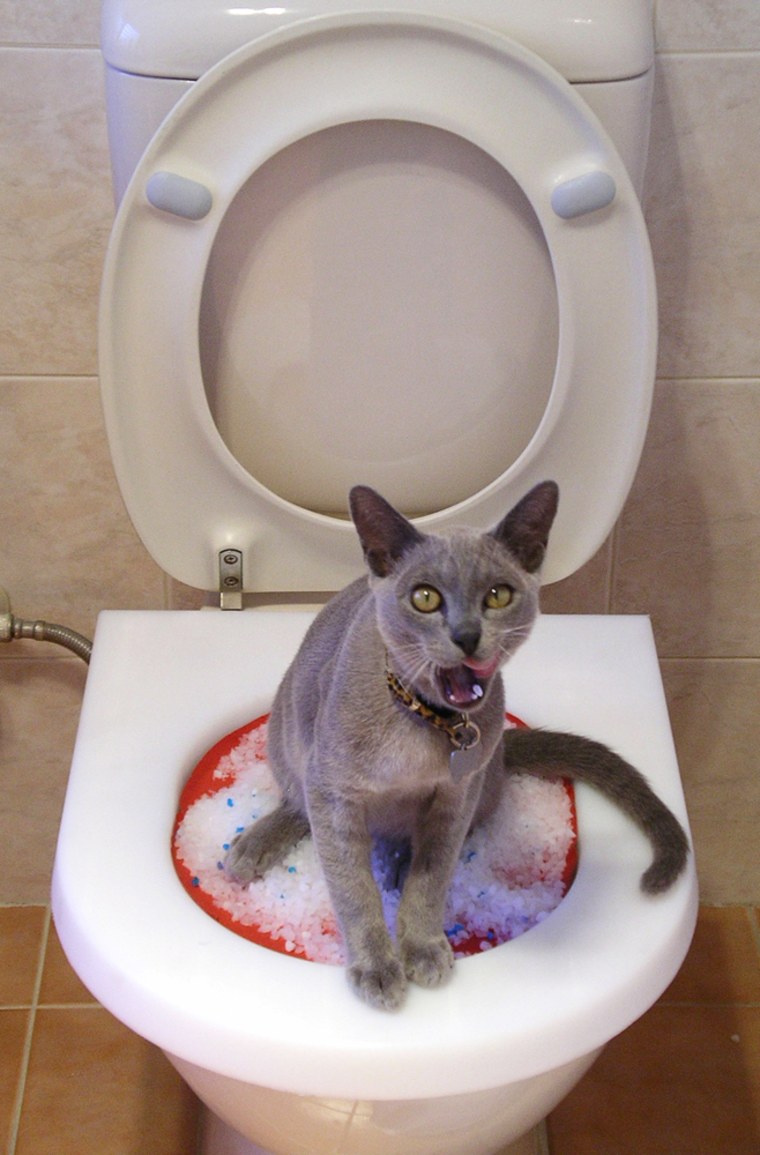Why You Shouldn't Flush Cat Poop Down Your Toilet - Preserve Your Plumbing System
Click HerePresented here down the page you will discover a good deal of very good insight around Can You Flush Cat Poop Down The Toilet?.

Introduction
As pet cat proprietors, it's necessary to bear in mind just how we throw away our feline friends' waste. While it may seem practical to purge feline poop down the bathroom, this practice can have harmful repercussions for both the setting and human wellness.
Environmental Impact
Flushing pet cat poop presents unsafe pathogens and parasites into the water supply, positioning a substantial risk to water environments. These pollutants can negatively influence marine life and concession water high quality.
Health and wellness Risks
In addition to ecological worries, flushing cat waste can also position health and wellness threats to human beings. Pet cat feces may consist of Toxoplasma gondii, a bloodsucker that can create toxoplasmosis-- a potentially serious disease, specifically for pregnant ladies and people with weakened body immune systems.
Alternatives to Flushing
Luckily, there are safer and extra accountable ways to take care of feline poop. Take into consideration the complying with alternatives:
1. Scoop and Dispose in Trash
The most common technique of taking care of pet cat poop is to scoop it into a naturally degradable bag and toss it in the garbage. Be sure to use a committed clutter inside story and dispose of the waste quickly.
2. Use Biodegradable Litter
Choose naturally degradable pet cat clutter made from products such as corn or wheat. These clutters are environmentally friendly and can be safely disposed of in the trash.
3. Bury in the Yard
If you have a yard, take into consideration burying feline waste in a designated area far from veggie gardens and water sources. Make certain to dig deep enough to stop contamination of groundwater.
4. Install a Pet Waste Disposal System
Invest in a family pet waste disposal system especially created for cat waste. These systems utilize enzymes to break down the waste, minimizing smell and ecological effect.
Final thought
Liable family pet possession expands past giving food and sanctuary-- it also involves proper waste administration. By avoiding flushing pet cat poop down the bathroom and choosing alternative disposal approaches, we can decrease our environmental impact and protect human wellness.
Why Can’t I Flush Cat Poop?
It Spreads a Parasite
Cats are frequently infected with a parasite called toxoplasma gondii. The parasite causes an infection called toxoplasmosis. It is usually harmless to cats. The parasite only uses cat poop as a host for its eggs. Otherwise, the cat’s immune system usually keeps the infection at low enough levels to maintain its own health. But it does not stop the develop of eggs. These eggs are tiny and surprisingly tough. They may survive for a year before they begin to grow. But that’s the problem.
Our wastewater system is not designed to deal with toxoplasmosis eggs. Instead, most eggs will flush from your toilet into sewers and wastewater management plants. After the sewage is treated for many other harmful things in it, it is typically released into local rivers, lakes, or oceans. Here, the toxoplasmosis eggs can find new hosts, including starfish, crabs, otters, and many other wildlife. For many, this is a significant risk to their health. Toxoplasmosis can also end up infecting water sources that are important for agriculture, which means our deer, pigs, and sheep can get infected too.
Is There Risk to Humans?
There can be a risk to human life from flushing cat poop down the toilet. If you do so, the parasites from your cat’s poop can end up in shellfish, game animals, or livestock. If this meat is then served raw or undercooked, the people who eat it can get sick.
In fact, according to the CDC, 40 million people in the United States are infected with toxoplasma gondii. They get it from exposure to infected seafood, or from some kind of cat poop contamination, like drinking from a stream that is contaminated or touching anything that has come into contact with cat poop. That includes just cleaning a cat litter box.
Most people who get infected with these parasites will not develop any symptoms. However, for pregnant women or for those with compromised immune systems, the parasite can cause severe health problems.
How to Handle Cat Poop
The best way to handle cat poop is actually to clean the box more often. The eggs that the parasite sheds will not become active until one to five days after the cat poops. That means that if you clean daily, you’re much less likely to come into direct contact with infectious eggs.
That said, always dispose of cat poop in the garbage and not down the toilet. Wash your hands before and after you clean the litter box, and bring the bag of poop right outside to your garbage bins.
https://trenchlesssolutionsusa.com/why-cant-i-flush-cat-poop/

We had been guided to that editorial about How to Dispose of Cat Poop and Litter Without Plastic Bags from someone on our other website. Are you aware of somebody else who is truly interested in the topic? Feel free to promote it. Thanks a lot for your time invested reading it.
Click Here